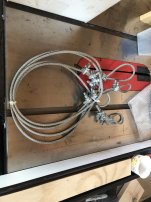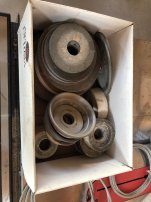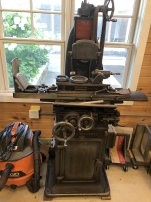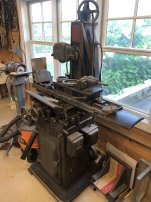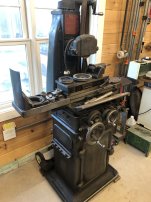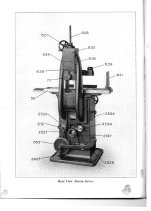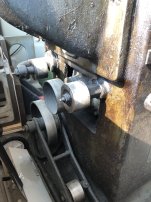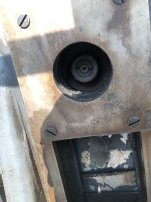I'm quite fond of my #2, also.
Completely re-scraped it about 15 years ago. It was to be one of my articles for HSM magazine which i was writing for intermittently at the time. Then Walmarts ruined all 7 rolls of film for the projected 5 part article, and i never recovered the enthusiasm to take it apart and try to mock up photos again. My last ever film shooting, and last/never submitted project for HSM. Thinking about it, maybe it was almost 25 years ago - time sure flies.
Anyone who buys that, though, ought to be a little conversant. It looks good and has a period appropriate chuck, too.
The ways, esp. Z (table in/out) wear badly over years of use. Z is designed to flush crud out and down, if it is religiously kept lubed with light way oil. But there are no covers or wipers. It is easy to run dry, and the the grit laps it. Or because it runs out, people put heavier oil or grease on it and the lapping paste stays in place. There's some cool clockworks inside the apron including a beautiful flyball type inertial recovery device to slow and accelerate the table. But as the ways wear and the table/apron settles down, esp if rescraped, it becomes ever-more difficult to align the centers and such. Obviously possible, but may include moving holes and filling and tapping holes for the front plate where the external ratchets and feed increment control and cross slide screw are located. DAMHIK.

I agree with Buck (& of course he knows a lot more than me about grinders anyway) that plain bearing spindles are fine. Scraped and adjusted correctly, keep them full of light spindle oil (or even some, though not B & S, require merely kerosene) & they will grind smoother than ball bearing spindles.
Mine has a cartridge spindle, separate 3ph motor drive in the base to the table feeds, single speed table. Ball bearings have been singing since i bought it, and can still get good work out of it. I do rough passes, let it settle, and do the finish pass with incremental infeed.
smt
PS, those #2's were made from very early in the 20th c, well into the 50's (whenever the Micromasters came out?) and seem to have always been popular, so B & S did something right. Just so it can be set up and function as original. OTOH, there is a certain appeal to hydraulics sometimes.



